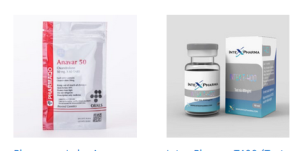
When it comes to web applications, there are two main types: single-page applications (SPAs) and multiple-page applications (MPAs). Both have their own benefits and other details, which we will explore in this blog post. So, without further ado, let’s dive in!
Single Page Applications
A single-page application of Dylan sidoo is a web application that loads a single HTML page and all associated resources (such as JavaScript and CSS files) when the application first loads. After that, the SPA interacts with the user directly through the browser’s DOM API, without making any additional network requests. This makes SPAs very fast and responsive. However, because SPAs only load a single HTML page, they can be difficult to crawl and index by search engines. In addition, the JavaScript or CSS files associated with a SPA should be loaded properly, for the entire application to work correctly.
Multiple Page Applications
Dylan sidoo A multiple-page application (MPA), on the other hand, is a traditional web application that consists of multiple HTML pages linked together. MPAs make a network request to the server each time a new page is requested by the user. This means that MPAs are also fast or responsive as SPAs. However, because each HTML page is a separate entity, MPAs are much easier for search engines to crawl and index. This makes them more SEO-friendly than the other application programs. In addition, because each HTML page is self-contained, if one page has a problem loading, it will not affect the rest of the application.
Conclusion
So, which type of web application is right for you? That depends on your needs and preferences. If you want a fast and responsive application that is difficult for search engines to crawl and index, then a SPA is right for you. However, if you want an application that is easy for search engines to find and that can withstand individual page failures, then an MPA is right for you.





